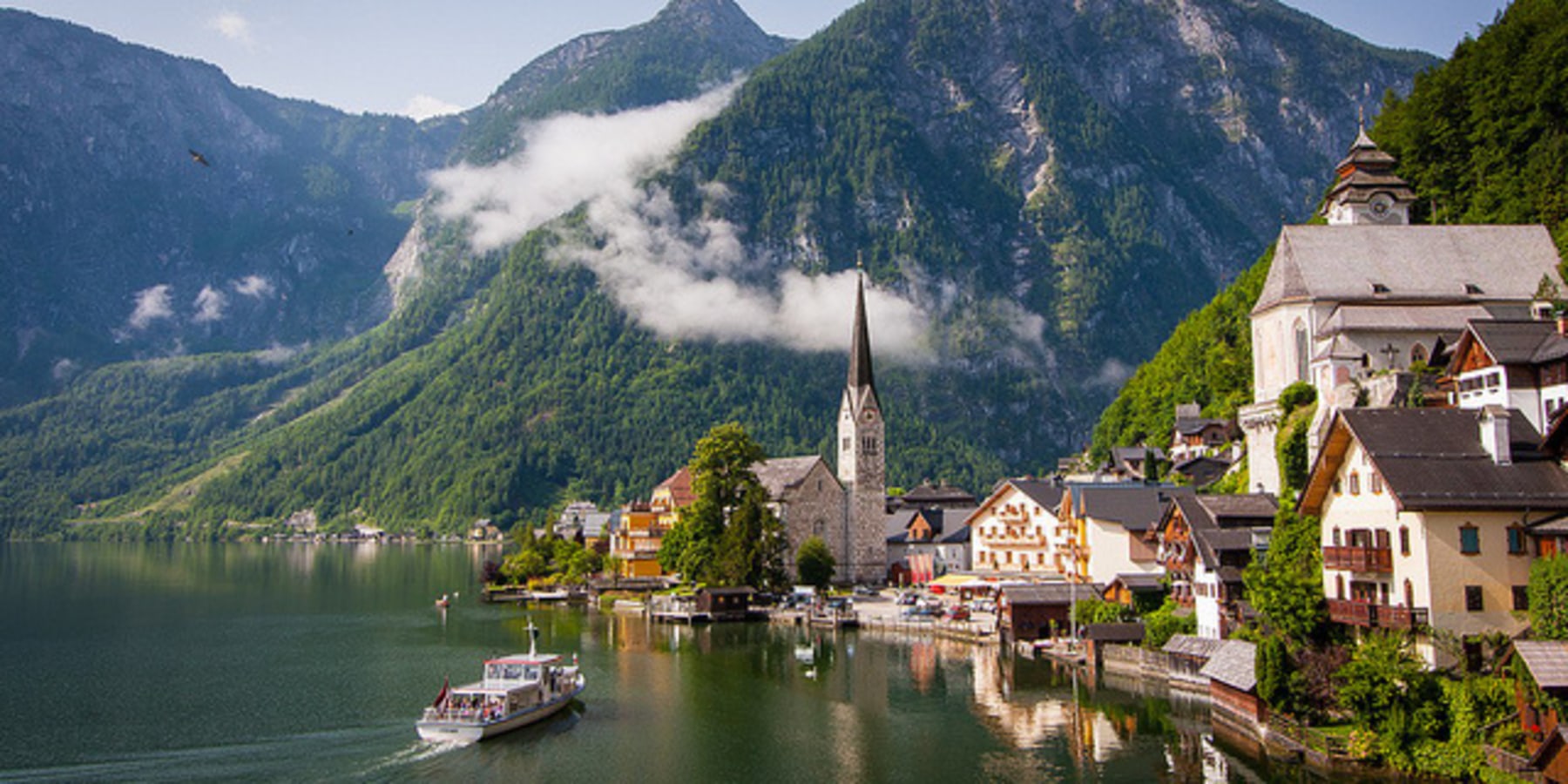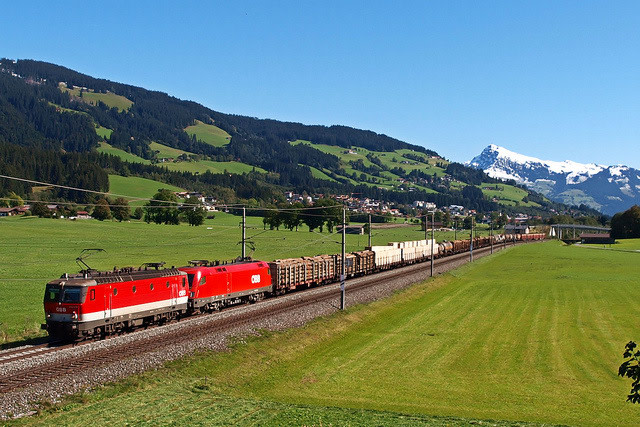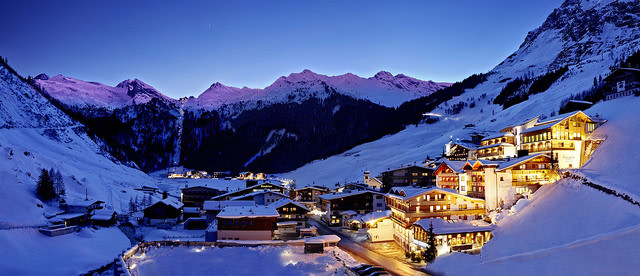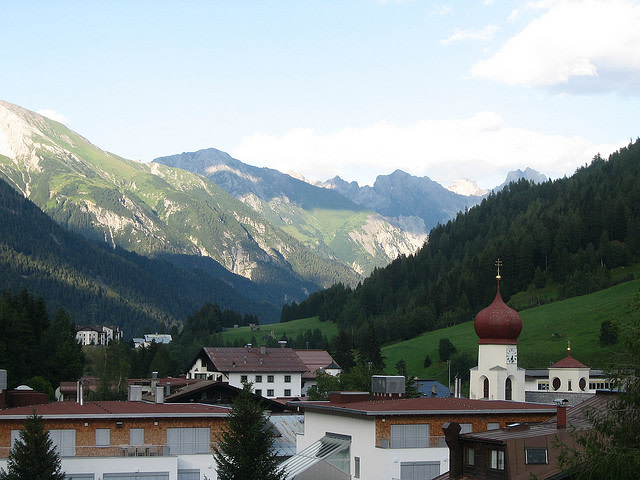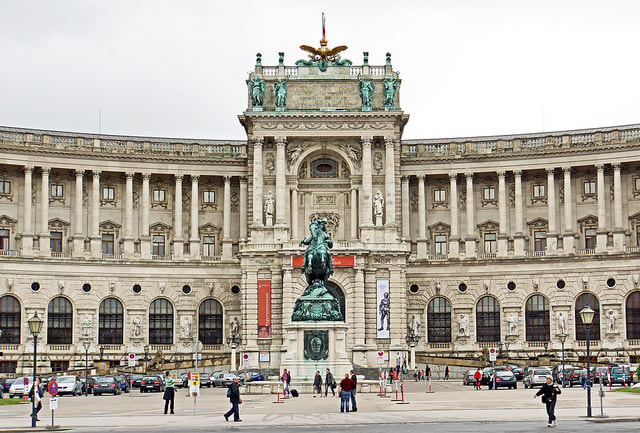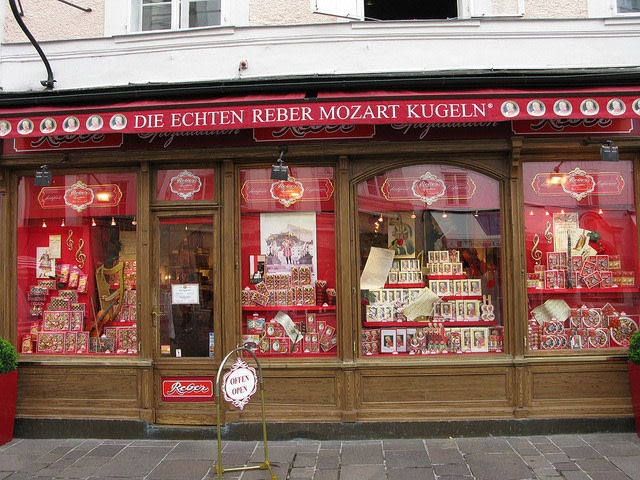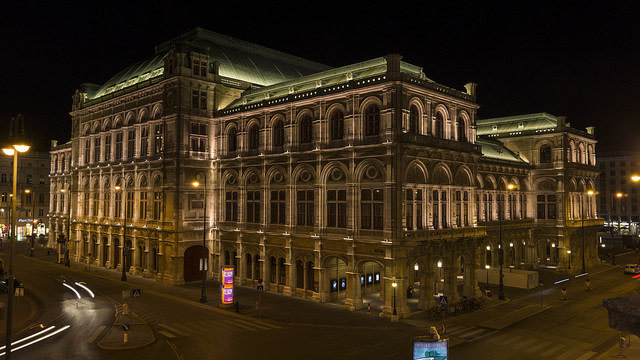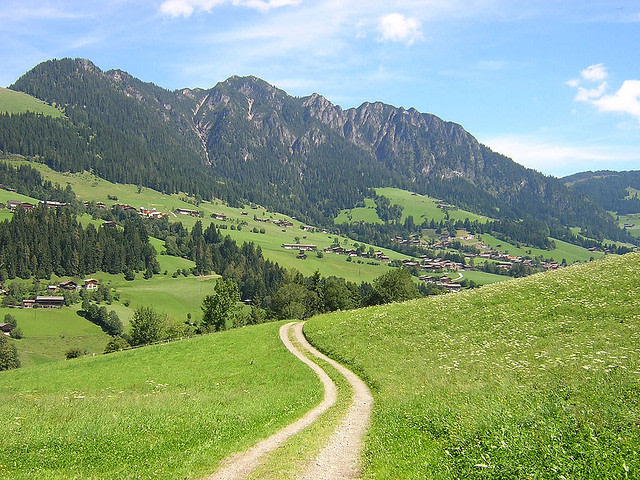| 7 mins read
By Jennifer Mullen
The opening scene of the classic and much loved film “The Sound of Music”, in which Maria the rebellious novice nun sings that “The hills are alive with the sound of music”, has to be one of the most famous images of Austria. She runs across a jade green pasture, whilst the notes of her song pitch almost as high as the Alpine peaks that surround her. Austria is truly that beautiful, whether it be in summer, with fields and trees in many different shades of green, dotted with wild flowers, or in winter, as one of the most stunning and dramatic ski areas that Europe has to offer.
Due to its location in the heart of Europe, Austria has always been a cross roads for East and West, North and South. When planning a trip to this breathtaking country, your Austrian Tour Guide would advice you that your journey should wind its way up and through some of the colossal mountains ranges that make up the Alps, but also pay homage to the cities, which are so rich in history and culture.
Catch the train!
A good way to see Austria is by train and if the plan is to take in this country from West to East, you could start in the Eastern state of the Tyrol and eventually end up at the Wien Westbahnhof in Vienna. The standard of the restaurant cars on Austrian trains is generally really good, so why not allow yourself to relax over some hearty food and watch the enchanting bridges, rivers and peaks go by. The language spoken in Austria is German, but many of the OBB conductors can switch effortlessly into other languages, such as English and Italian.
Start at the top!
At the Alps there are plenty of physical activities on offer, such as mountain biking and hiking in summer and of course skiing and snowboarding in winter. If hiking, make sure you have sturdy footwear and are prepared for all weather conditions. A Tyrolean tour guide should be able to explain about the signing system used to mark out trails, which are usually red and white marks painted on trees and rocks. There are countless mountain restaurants to choose from, many of which have been handed down from generation to generation. Have ago at the delicious local dishes that include Schweinshaxe (a large melt in the mouth pork knuckle), Spaezle (small egg noodle dumplings, often served with a sauce, such as cheese) and Germknoedel (a fluffy white dumpling, with a jam filling, topped with a creamy vanilla sauce and crowned with black poppy seeds).
The Tyroleans are very proud of their identity and many of their traditional timber houses have beautiful carvings and in summer the window boxes burst with colour. About 27% of Austria has been set aside as protected areas of natural beauty; therefore it is a nature lovers’ dream, with all the flora and fauna to spot en route. If you are more into taking it easy on a holiday, many of the chair lifts are open during the summer months, which offer excellent access to scenic trails without the blisters. Some places with visiting are St Anton am Arlberg, Zell am Zee, Kitzbuehl and St Johann-in-Tirol (which also has a really good brewery in the town serving mouth-watering roast chicken).
Art, Architecture, History… and so much more!
The Austrian cities will certainly have you frantically re-charging your camera battery to keep up. Again, travelling from West to East, the first major city in line is Innsbruck, and one is immediately struck by its proximity to the Alps, which tower above the famous turquoise domes of the St Jacob’s Cathedral. Innsbruck is famous for holding the Winter Olympics in 1964 and 1976 and the best way to relive the atmosphere is to peer down from the top of the Bergisel ski jump, clearly not for the fainthearted. The Hofburg Imperial Palace and the magnificent castle, Schloss Ambrass are the must see attractions to visit.
No trip to Austria would be complete without taking in the sights of Salzburg, a UNESCO World Heritage Site. Start your visit at the house of Salzburg’s most famous son Mozart, now a museum. For the best view in town, the Hohensalzburg fortress, built in 1077 towers over the city and can be reached by funicular railway. If you are traveling with children, treat them to some chocolate “Mozartkugeln”, which are filled with marzipan (although interestingly “Kugel” in German can mean either ball or bullet). Then, take them to the Toy Museum, which not only has a great display of historic toys, but plenty of toys that they can interact with. If the singing nun Maria inspired you to visit Austria in the first place, you and a mere 300,000 visitors a year can visit the von Trapp family homes and film locations.
Finally, arriving in the East of Austria, Vienna is a city crammed with imperial history, stunning architecture, but also a lively night-life scene. During the 19th Century, Vienna was the capital of the Austrian and later the Austro-Hungarian Empire (you will notice everywhere the distinct double headed eagle coat of arms, which is said to look both to the East and the West). A good place to start would be to simply ride the tram in a loop of the city, as a lot of the most impressive sights can be accessed on foot from one of the stops. A knowledgeable Vienna tour guide should be able to help you decode and simplify the complex history of the Hapsburg family and the role that Austria played in world politics, such as in the outbreak of the First World War. Take in the magnificent views of the city from atop of the giant Ferris wheel in the Prater amusement park (which actually has impressive green areas, as well as beer gardens). There are also the sights of many of the stunning historical buildings to take in, such as the Hofburg and the Schonbrunn palaces, which are well worth a detailed visit for their imperial splendour. While Vienna has ample sights to see and glorious cafes to lounge in that can effortlessly take up all of your holiday, do make the most of the city’s proximity to other European cities; for example a fast boat can transport you to Bratislava, capital of Slovakia in a couple of hours.
But don’t leave Austrian borders before having a go at your best Maria von Trapp singing impression; just make sure you reserve your performance to a secluded mountain hike, rather than a crowded Viennese tram.
(Jen Mullen is a seasoned traveler, having lived and worked in the UK,Germany, Switzerland, Australia and most recently Southern India. In her opinion, the best parts about traveling are meeting the locals, sampling as much new food as possible and making an effort to learn new languages)
Image Details and Licenses:https://flic.kr/p/e6Ni72(Patrick,CC BY-NC 2.0),https://flic.kr/p/eWxNTP(Dennis Jarvis,CC BY-SA 2.0),https://flic.kr/p/aYhSux(peters452002,CC BY-NC-SA 2.0),https://flic.kr/p/bhPujZ(marketing deluxe,CC BY-NC-SA 2.0),https://flic.kr/p/4nuHZa(fourthandfifteen,CC BY 2.0),https://flic.kr/p/eVFsc6(Dennis Jarvis,CC BY-SA 2.0),https://flic.kr/p/8nBw2u(Bjørn Smestad,CC BY-NC-SA 2.0),https://flic.kr/p/cUDnbj(Miguel Mendez,CC BY 2.0),https://flic.kr/p/3YWCY(francois schnell,CC BY 2.0)

